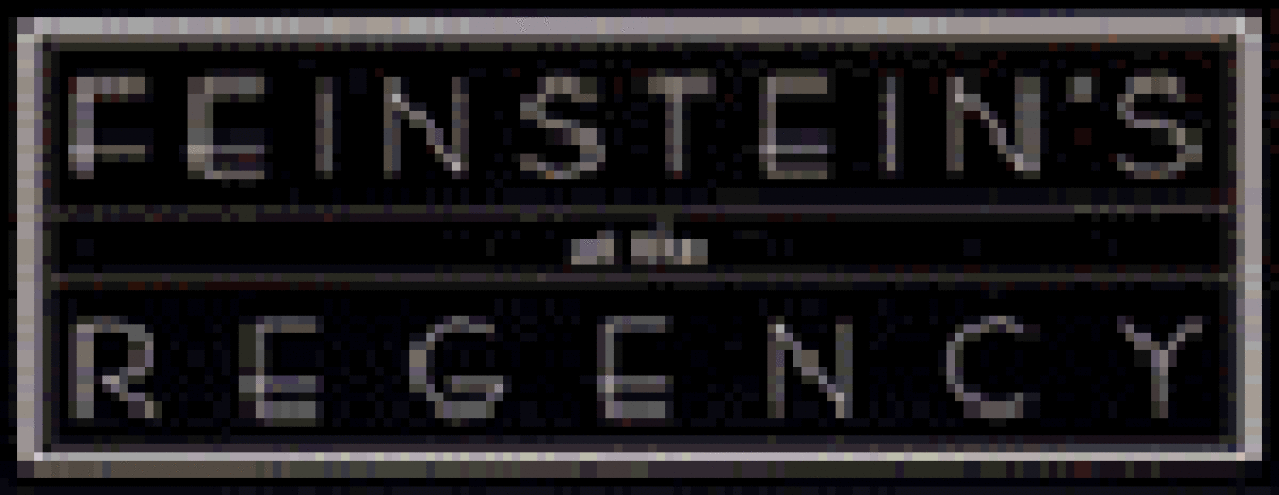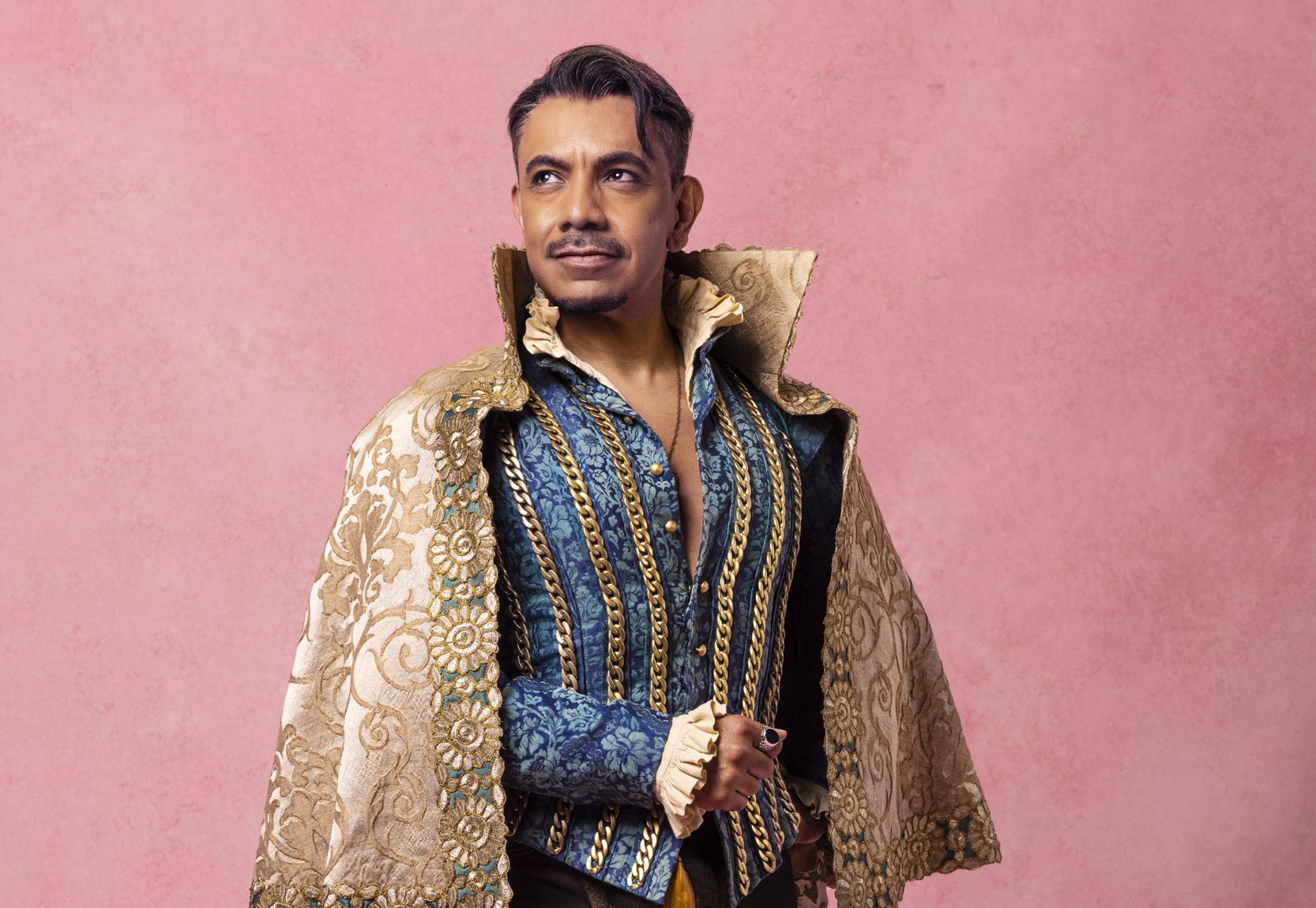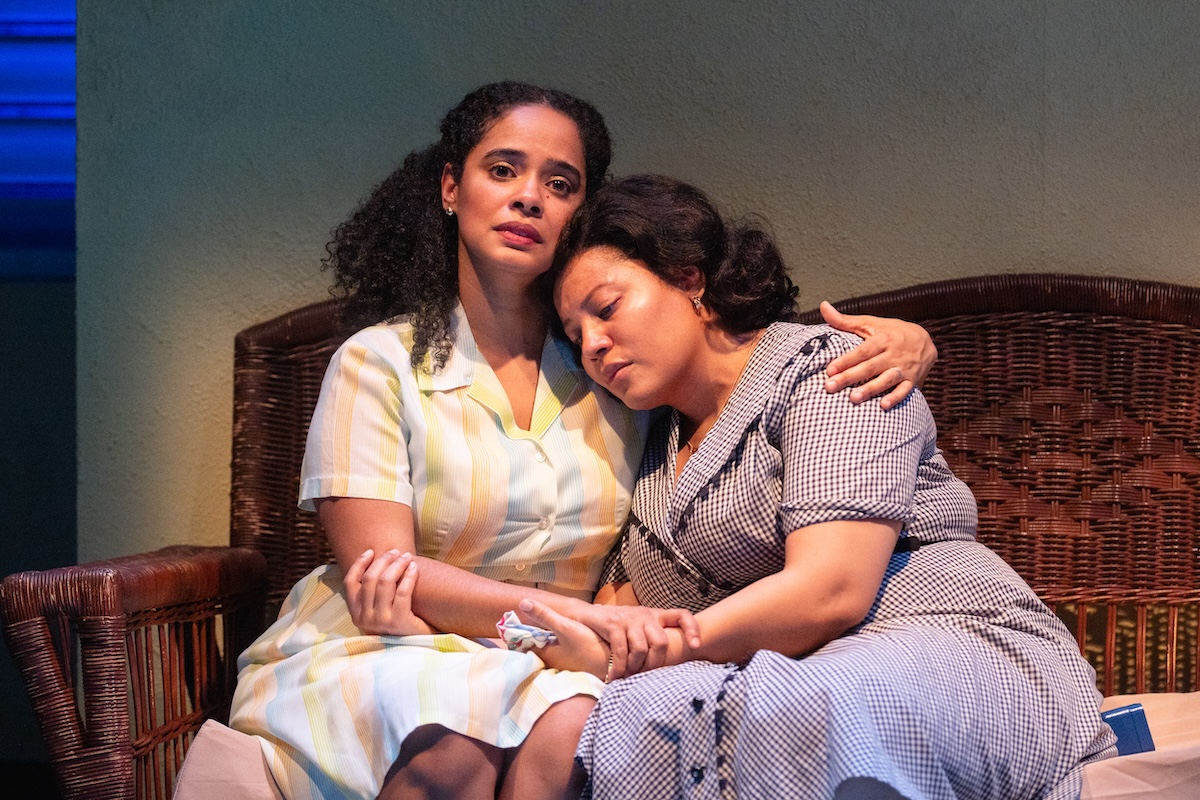Dame Fortune

This summer, at the Firebird Café, I recognized Cleo Laine (who has officially been Dame Cleo since June, 1997) as she sat with John Dankworth (her hubby of 42 years) and gal-pal Lorna Dallas (more on her later), enjoying an evening of Billy Stritch’s heavenly jazz. So over I went, babbling like some pre-teen talking to Britney Spears. This was Cleo Laine, stage star and jazz doyen since the 1950’s, for God’s sakes!
Laine and company graciously chatted a few minutes with me, and the seeds for this interview were planted. Since she and Dankworth were about to perform in a Mel Tormé tribute at the Hollywood Bowl, we subsequently spoke by phone about her recent film appearance with another Dame (Judi Dench) in HBO’s The Last of the Blonde Bombshells. We also discussed her stage career, the internationally known music theater and summer camp she and Dankworth have created at the bottom of their garden, and–of course–her stint at Feinstein’s at the Regency, beginning September 12 (click here for schedule).
Laine’s musical career began in 1951 as a band singer with one of London’s top bands, The Dankworth Seven. (Dudley Moore was briefly one sixth of the Seven; years later, he and Laine collaborated on an album called Smilin’ Through.) But by 1958, she says, “I wanted to leave. I didn’t want to be a band singer all my life. Ironically, when I said I was leaving, John said, ‘Will you marry me?’ I said, ‘Yes, I will,’ and then I left anyway.” With absolutely no theater training, she tried out for a new, West Indian
non-musical (Flesh to a Tiger) at the Royal Court, garnering the lead and very
good reviews, to boot. “I thought, that’s it, I’m the new Sarah Bernhardt,” she recalls. “And then I sat by my phone for the next two years.”
Since then, she has moved easily between the music world and the stage, defying all classifications. “Oh, I take the acting as it comes,” she says, “though I wouldn’t go in anymore for serious musicals. I think they’re just too much hard work.” The acting that’s “come” over the years has included Hedda Gabler at Canterbury, Women of Troy in Edinburgh and, on this side of the pond, her Theater World Award winning/Tony nominated performance as Princess Puffer in The Mystery of Edwin Drood. She has also played the voice of God in Benjamin Britten’s Noyes Fludde for the BBC and the witch in the L.A. production of Stephen Sondheim’s Into the Woods. “John and I spent almost a year apart on that one,” she notes, “but these days, most often, we tour together.”
Dankworth, perhaps best known for his film scores (Accident, Modesty Blaise) and the telly theme from The Avengers, has also crossed genres from jazz and pop to having composed an opera ballet (Lysistrata) and a musical (Collette), both written specifically for Dame Cleo. In 1974, he received his CBE, which he describes as “just short of ‘Sir,’ ” and he jokes briefly about the “injustice” of his role as “lady in waiting to Cleo” before talking proudly of their theater at Wavendon. “We’d got on quite well in the profession and we both hated the strict divisions between the classical and rock music worlds,” he says. “So, in 1969, we set up this performance space in a stable block on our property and began to hold concerts; and we started an education program and camp for kids in the summer, where they could learn about all kinds of music. We still call it ‘the stables,’ but now we’ve got a volunteer staff of over 20 and we’ve become something of a festival. Three years ago, we won several millions from the English Arts Council Lottery and raised a few more to build a new 450-500 seat auditorium and 100 seat performance space, which opens this October.”
Clementine Campbell, the daughter of a Jamaican dad and an English mum and the possessor of a great singing voice, always seemed destined to play Julie in Show Boat. And in 1971–as Cleo Laine–she co-starred in a West End production that still stands as the longest run ever of the Jerome Kern classic. It also marked the beginning of a lifelong “bi-pondal” friendship with the show’s American born Magnolia, Lorna Dallas.
“I’d heard vaguely of Cleo,” remarks Dallas (who had her own successful run at the FireBird this summer), “but my first sight of her was this vision in thigh-high red leather boots, with a mass of curly hair. And, when she started to sing, I melted. It was like hearing a rare Stradivarius and, I remember writing in my script, ‘like a cello.’ Everyone loved Julie and Magnolia’s kitchen scene, because they found our relationship so realistic. Coincidentally, my husband Gary played trombone in John’s band, though I met
him long afterward. I’ve also done a lot of things at their theater at Wavendon, and Cleo wrote the liner notes for my CD on Ivor Novello and Jerome Kern.”
The first Brit to win a Grammy (for Cleo at Carnegie, 10th Anniversary), Laine is still the only singer ever to receive Grammy nominations across the Best Female Jazz, Pop and Classical categories. How fitting, then, that she made her long-overdue film acting debut in The Last of the Blonde Bombshells, a paean to WWII girl bands. Though her fabulous co-stars include Dame Judi, Leslie Caron, Olympia Dukakis, and Billie Whitelaw, plus a cross-dressing Sir Ian Holm, Dame Cleo stole every scene she was in. And her vocal magic was captured on film in such numbers as “It Don’t Mean A Thing If It Ain’t Got That Swing” and “When The World was Young.” So, how does it feel to still be conquering new territory, after a career that has spanned almost 50 years?
“Well, of course,” she chuckles throatily, “I was the obligatory night club singer in The Roman Spring of Mrs. Stone [starring Vivien Leigh, circa 1961]. And, a dozen years earlier, I played an extra in The Thief of Baghdad [the b/w British original, starring Sabu]. But The Last of the Blonde Bombshells was actually my first screen acting role. It is nice for all of us older ladies to have an opportunity to play
such tremendous characters at our age. You know,” she confides, “the reason I got the film is that Alan Plater, the screenwriter, adores jazz. He actually wrote into the script, ‘Let’s face it, the only person who can play this part is Cleo Laine.’ They left that in for the first reading!”
When I asked Laine and Dankworth what to expect from their gig at Feinstein’s, the Dame replied, “Oh, we never know. We’re jazzers, very moment to moment. We improvise, and we’re not themey like a lot of New York cabaret. Then again, we might come up with something. But, here you can talk to John.”
“Ah,” sighed Dankworth coming on the line, “this is where the old man takes over. It so happens that, for Feinstein’s we’re thinking of a new opening of songs about spring–even though it’s almost autumn. I’ve been linking songs together, but we always do a big mixture covering all the facets of Cleo’s multi-faceted repertoire: show tunes, jazz and pop songs.”
The last word, from Dame Cleo: “It’ll definitely be a mish-mash!”











